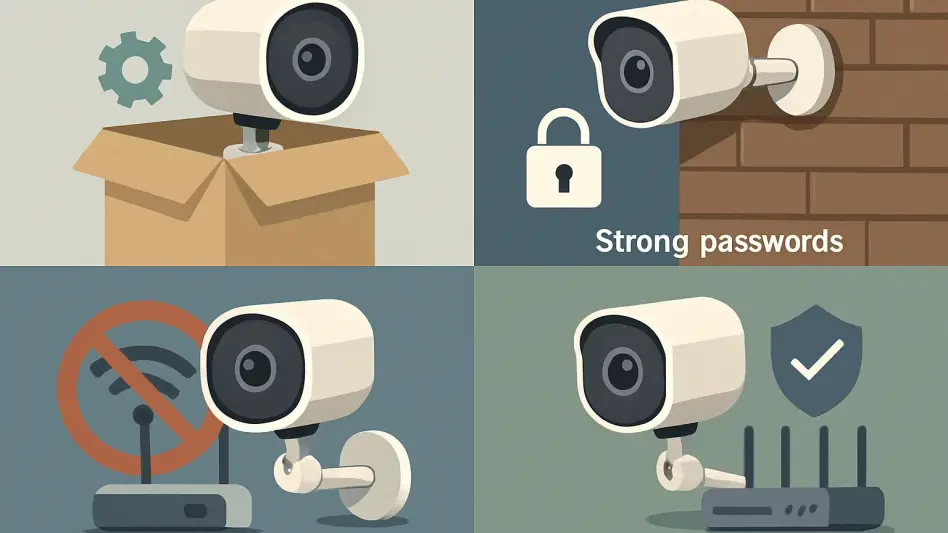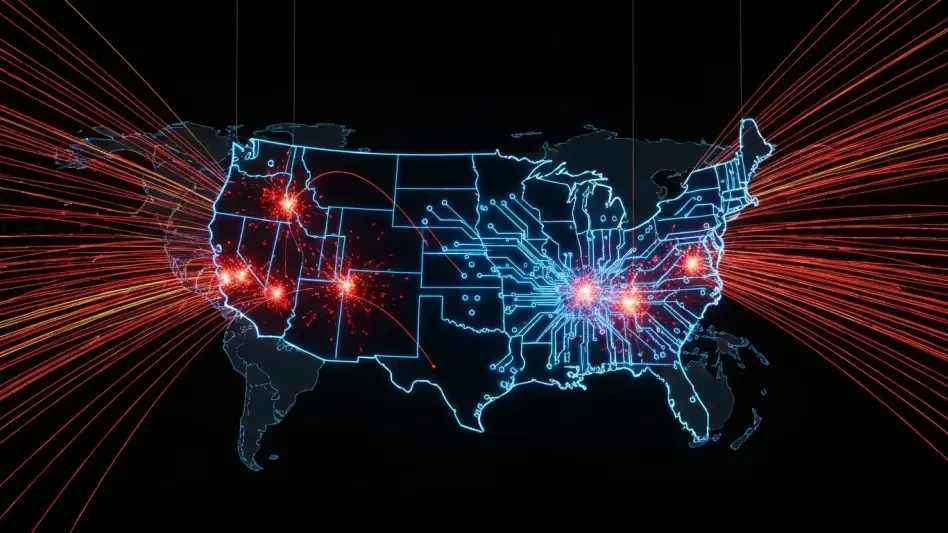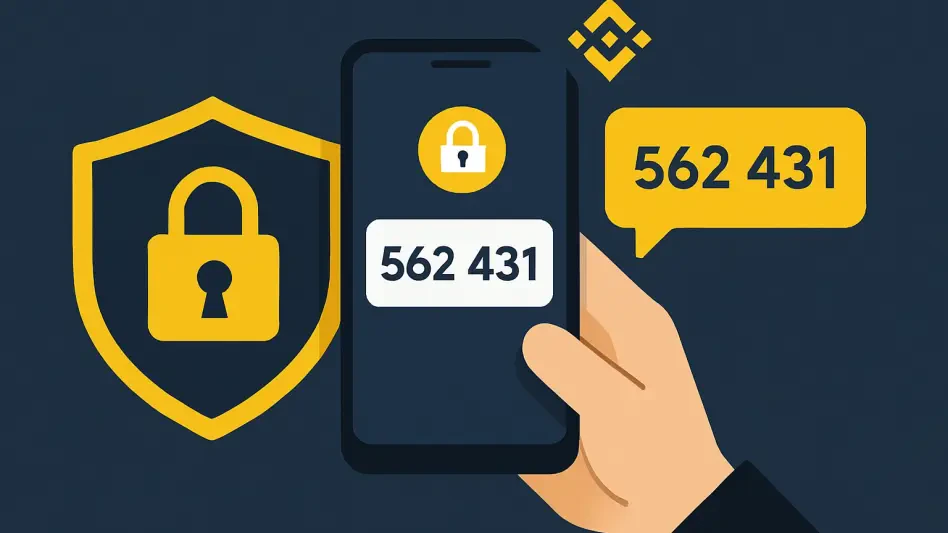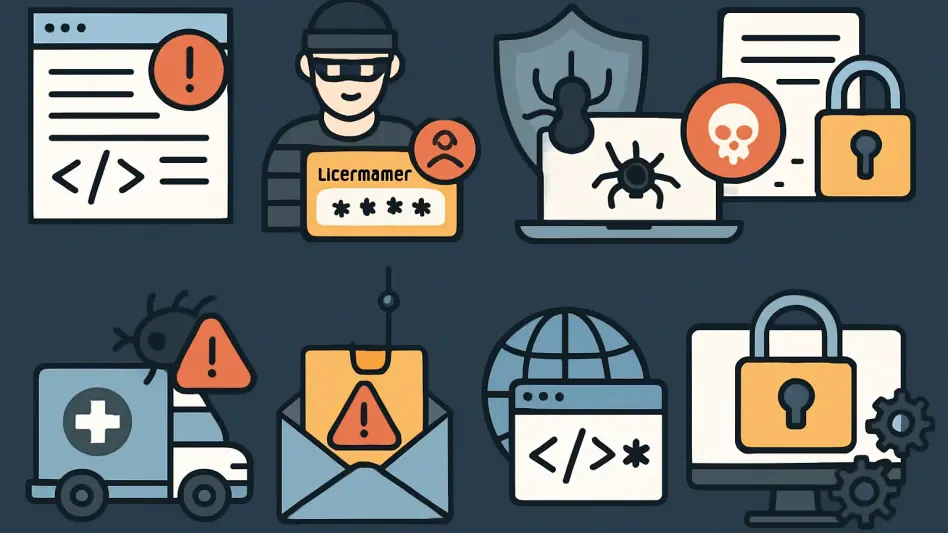In an era where smart technology has become an integral part of daily life, the unsettling reality of security breaches in devices like internet-connected cameras cannot be ignored, as highlighted by a chilling incident where a user heard a stranger’s voice through their device. These cameras, designed to provide peace of mind by allowing remote monitoring of homes and personal spaces, can inadvertently become gateways for unauthorized access if not properly secured. The convenience of checking live feeds through apps or web browsers comes with a significant responsibility to protect account credentials and privacy. Tech expert Jim Rossman has shed light on this growing concern, emphasizing that the risks are real and often stem from simple oversights rather than complex cyberattacks. His insights serve as a wake-up call for users to take proactive steps in safeguarding their digital eyes, ensuring that the very tools meant to protect do not end up compromising safety.
Strengthening Access with Robust Credentials
One of the most fundamental aspects of securing smart cameras lies in the strength and uniqueness of the passwords used to access them. Many users, in an effort to simplify their digital lives, reuse passwords across multiple accounts, creating a dangerous vulnerability that can be exploited with ease. Jim Rossman stresses the importance of crafting distinct passwords for each device or app, ensuring that a breach in one area does not cascade into others. Beyond this, enabling two-factor authentication (2FA) adds a critical layer of defense, requiring a secondary code—preferably sent via text rather than email—to verify identity during login. This method is notably harder for intruders to bypass since it often demands physical access to the user’s phone. By adopting these practices, the likelihood of unauthorized access diminishes significantly, turning a potential weak point into a fortified barrier. The key takeaway is that security begins with the basics, and overlooking these foundational steps can lead to severe privacy invasions that are entirely preventable with minimal effort.
Monitoring Sharing Settings for Added Protection
Another critical area of focus is the management of sharing features often embedded in smart camera apps, which allow users to grant access to family members or trusted individuals. While this functionality enhances convenience, it also poses a risk if someone gains unauthorized control over the app or device settings. Jim Rossman advises a regular review of these settings to confirm that only intended recipients have access to the camera feeds. This simple yet effective habit can prevent unwanted viewers from intruding into private spaces without detection. Moreover, staying vigilant about who has permission to view or control the camera ensures that any suspicious activity can be addressed promptly. The broader implication here is that user awareness plays a pivotal role in maintaining the integrity of smart devices. As technology continues to evolve, the responsibility falls on individuals to actively manage these features, striking a balance between accessibility and security to protect against potential breaches that could have been easily avoided.








